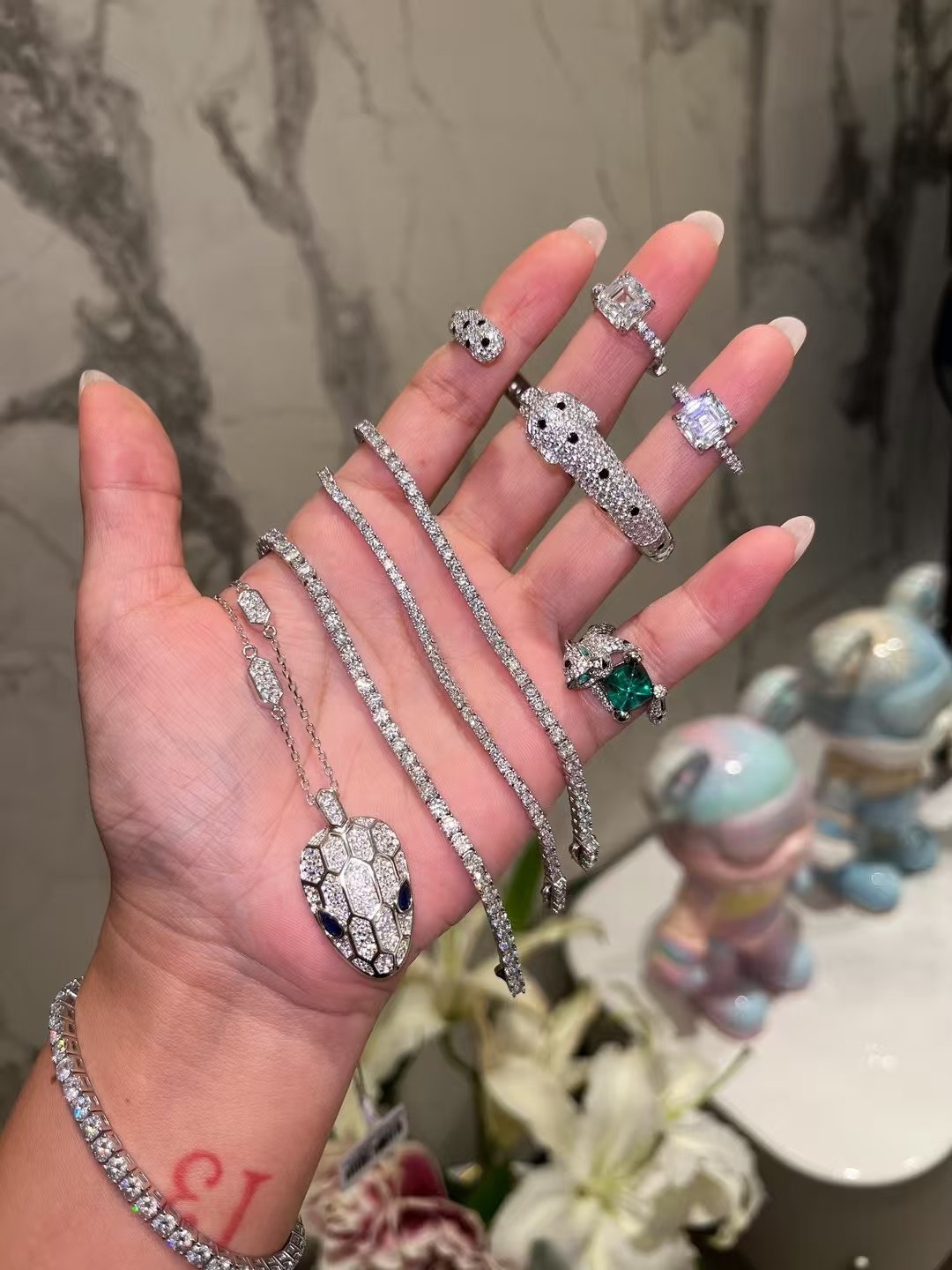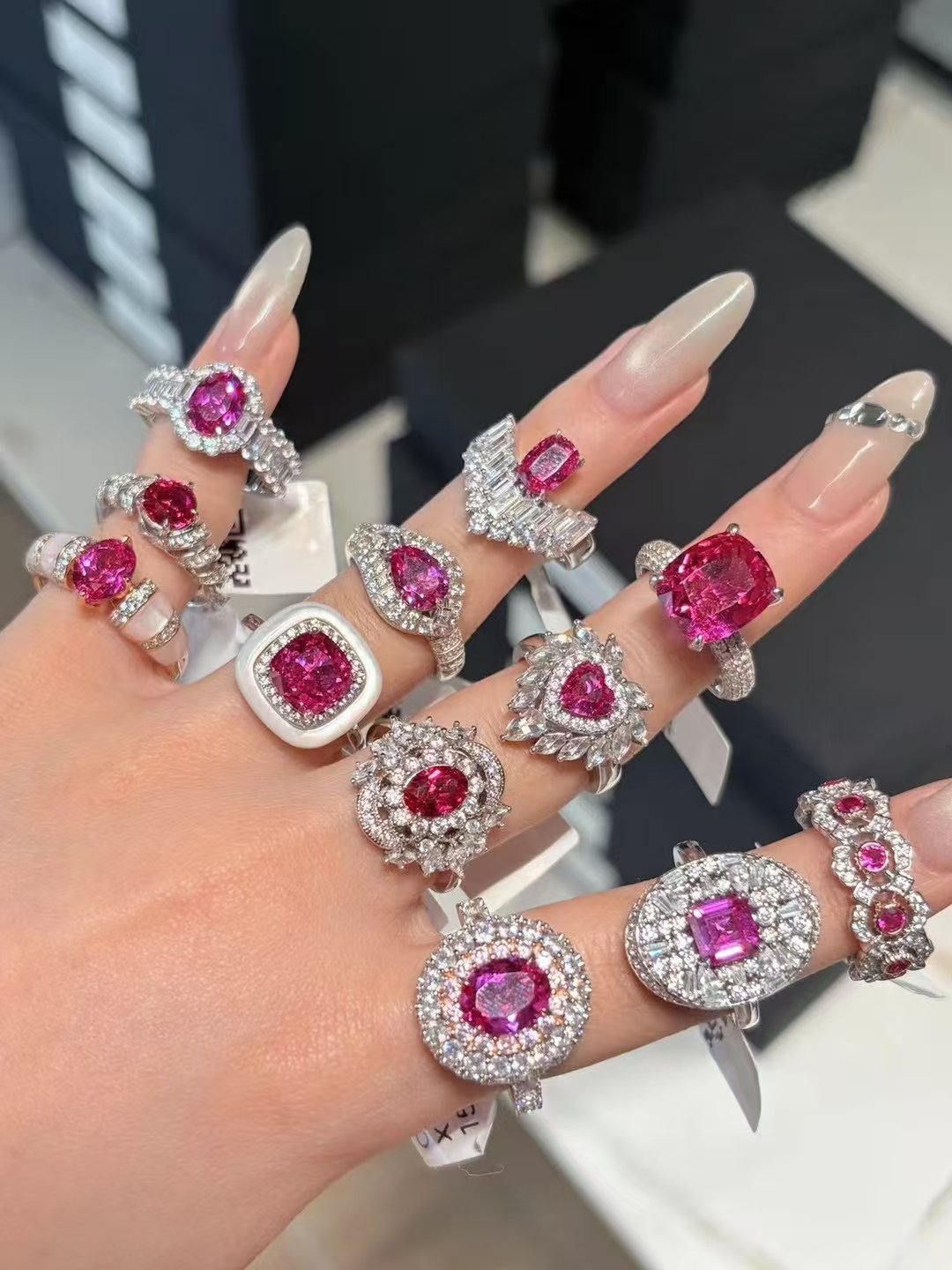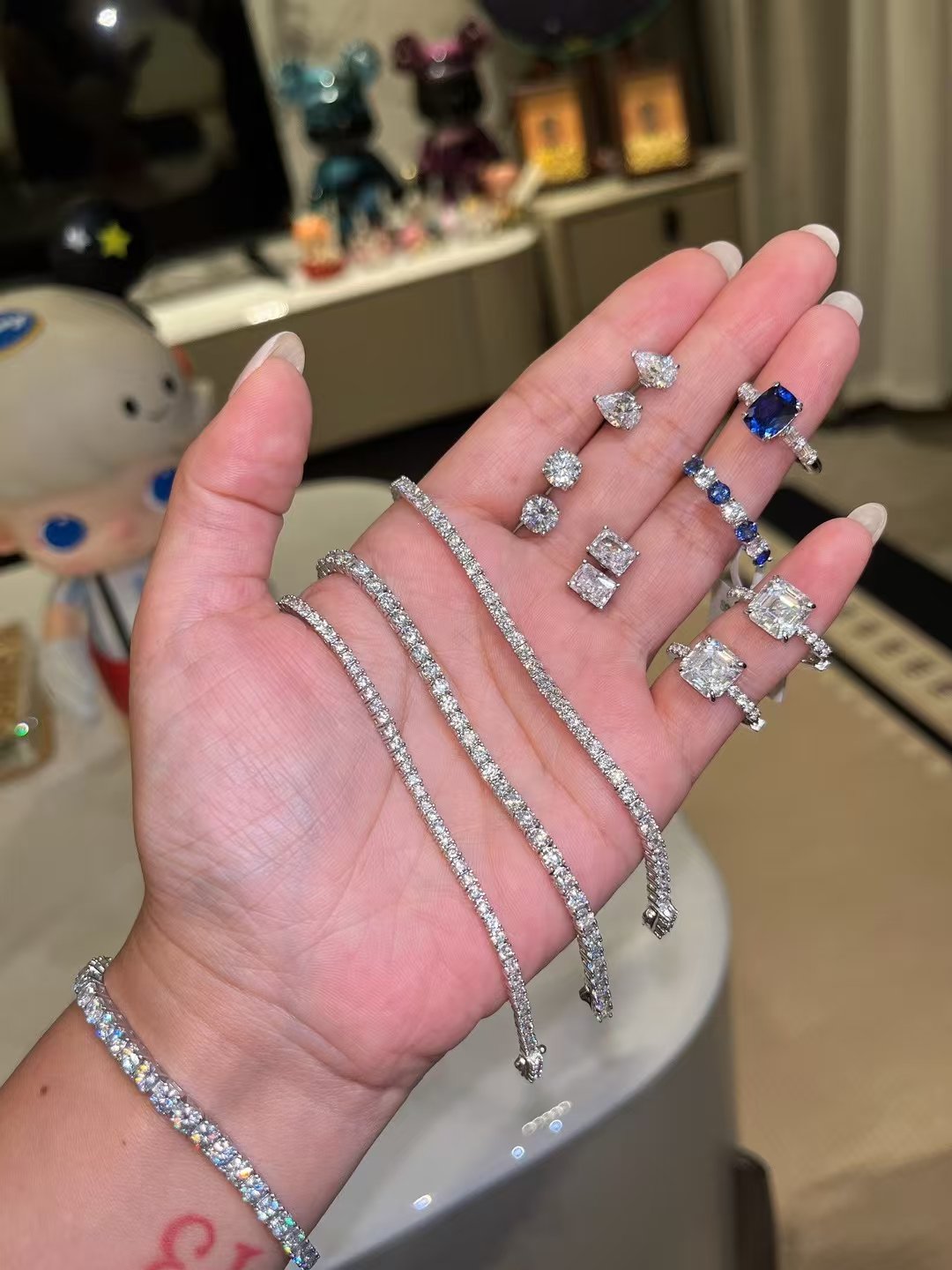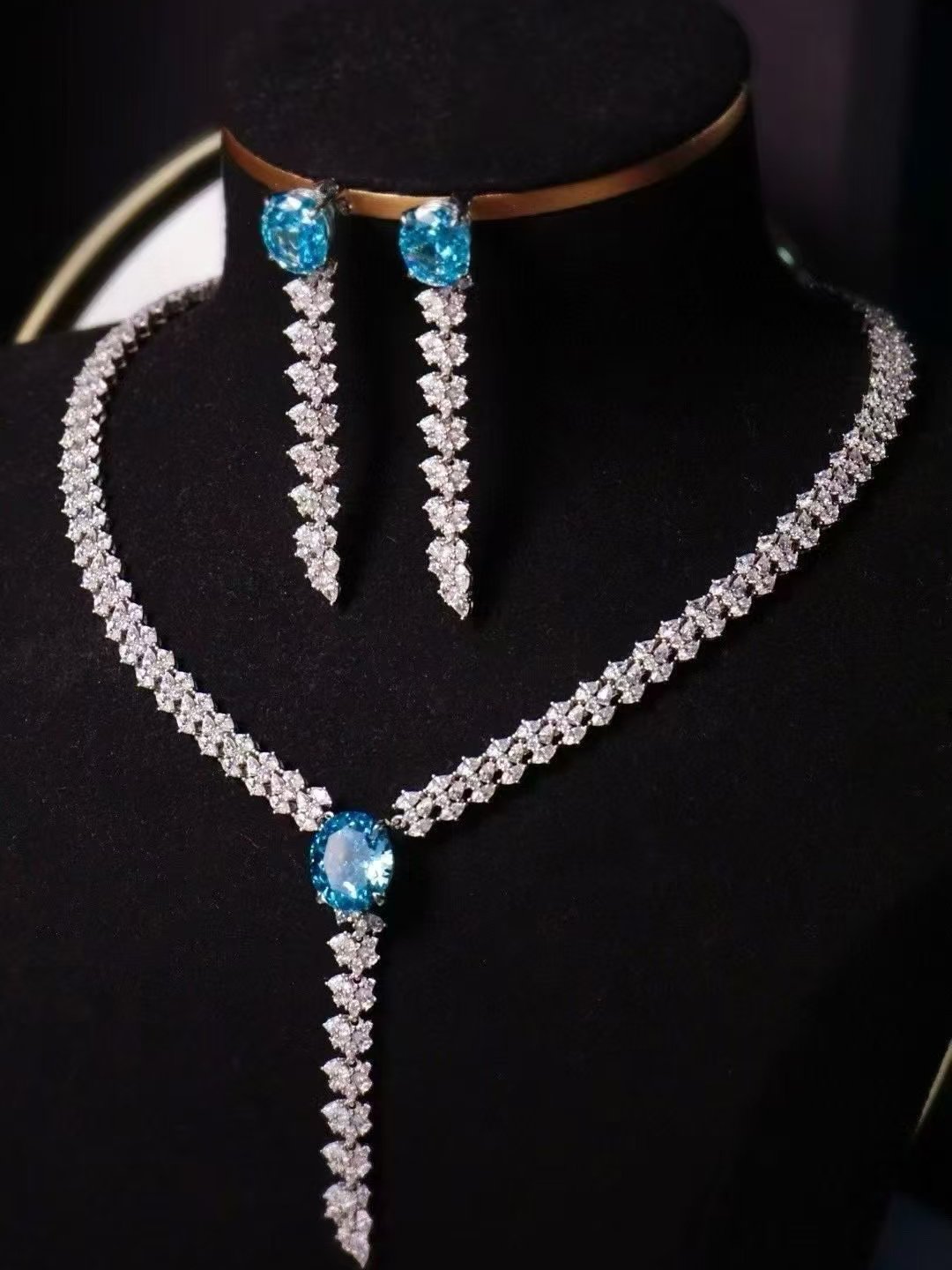Jewelry Care 101: Protecting Your Precious Pieces
Jewelry is more than just an accessory; it’s often a treasured piece that carries sentimental value, whether it’s an heirloom passed down through generations or a unique piece purchased during a special occasion. To ensure your precious items remain beautiful and intact, proper care and maintenance are essential. Here’s a guide on how to protect your jewelry and keep it looking stunning for years to come.
1. Understanding Different Materials
Different types of jewelry require different care. Here’s a quick rundown:
- Gold & Silver: These metals can tarnish over time. Gold is more resistant to tarnishing than silver, which may require regular polishing.
- Platinum: Extremely durable but can scratch easily. It benefits from periodic cleaning.
- Gemstones: Some gemstones are soft and prone to scratches (like opals and pearls), while others (like diamonds) are much more resilient. Always check how fragile a stone is before cleaning.
2. Cleaning Your Jewelry
Regular cleaning will help retain its sparkle and shine. Here are some tips for cleaning various types of jewelry:
- Gold and Platinum: Use warm water and mild dish soap along with a soft brush. Rinse and dry with a lint-free cloth.
- Silver: Invest in a silver polishing cloth or use a mixture of baking soda and water for tarnish. Rinse thoroughly afterward.
- Gemstones: Stick with a gentle soap and water solution; avoid harsh chemicals that can damage certain stones. For porous stones (like pearls), use a damp cloth and avoid soaking.
3. Storing Your Jewelry
Proper storage is critical in preventing scratches, tangles, and tarnishing. Consider the following:
- Soft Pouches or Cases: Store pieces individually in soft pouches or dedicated jewelry boxes to avoid scratches.
- Avoid Humidity: Keep your jewelry in a cool, dry place. Humidity can speed up tarnishing and degradation, especially for silver and gemstones.
- Use Anti-tarnish Strips: When storing silver jewelry, consider including anti-tarnish strips that help absorb moisture and prevent tarnishing.
4. Wearing It Right
How and when you wear your jewelry matters as well. Follow these guidelines:
- Remove Before Activities: Always remove jewelry before engaging in activities that may cause it harm, such as exercising, swimming, cleaning, or cooking.
- Avoid Chemicals: Perfumes, lotions, and cleaning products can be harmful to your jewelry. Allow these products to dry before putting on your pieces.
- Limit Exposure to Sunlight: Prolonged exposure to sunlight can damage certain gemstones and cause colors to fade.
5. Regular Inspections
Regular inspections can help catch any potential issues before they become serious problems:
- Loose Stones: Periodically check for loose settings or stones. If you notice any movement, take it to a jeweler for repair.
- Wear and Tear: Examine clasps and chains for signs of wear. It’s better to fix these issues sooner rather than later.
6. Professional Cleaning and Maintenance
Despite your best efforts, some pieces require professional care. Schedule cleanings and inspections every year or so, especially for valuable or intricate pieces. A jeweler can safely clean, polish, and check for any issues that might need attention.
Conclusion
Caring for your jewelry not only preserves its beauty but also its value, both sentimental and financial. By understanding your pieces, investing in proper cleaning and storage methods, and scheduling regular checks with a professional, you can ensure that your treasured jewelry remains a stunning part of your life for generations to come. Remember, a little care goes a long way in protecting your precious pieces!









